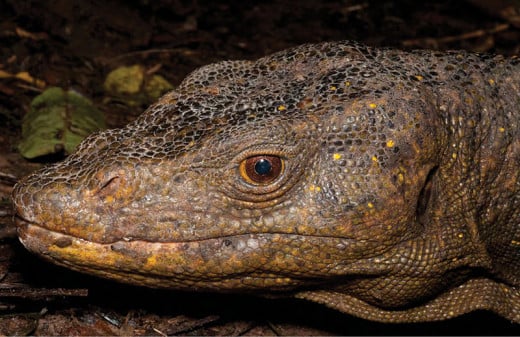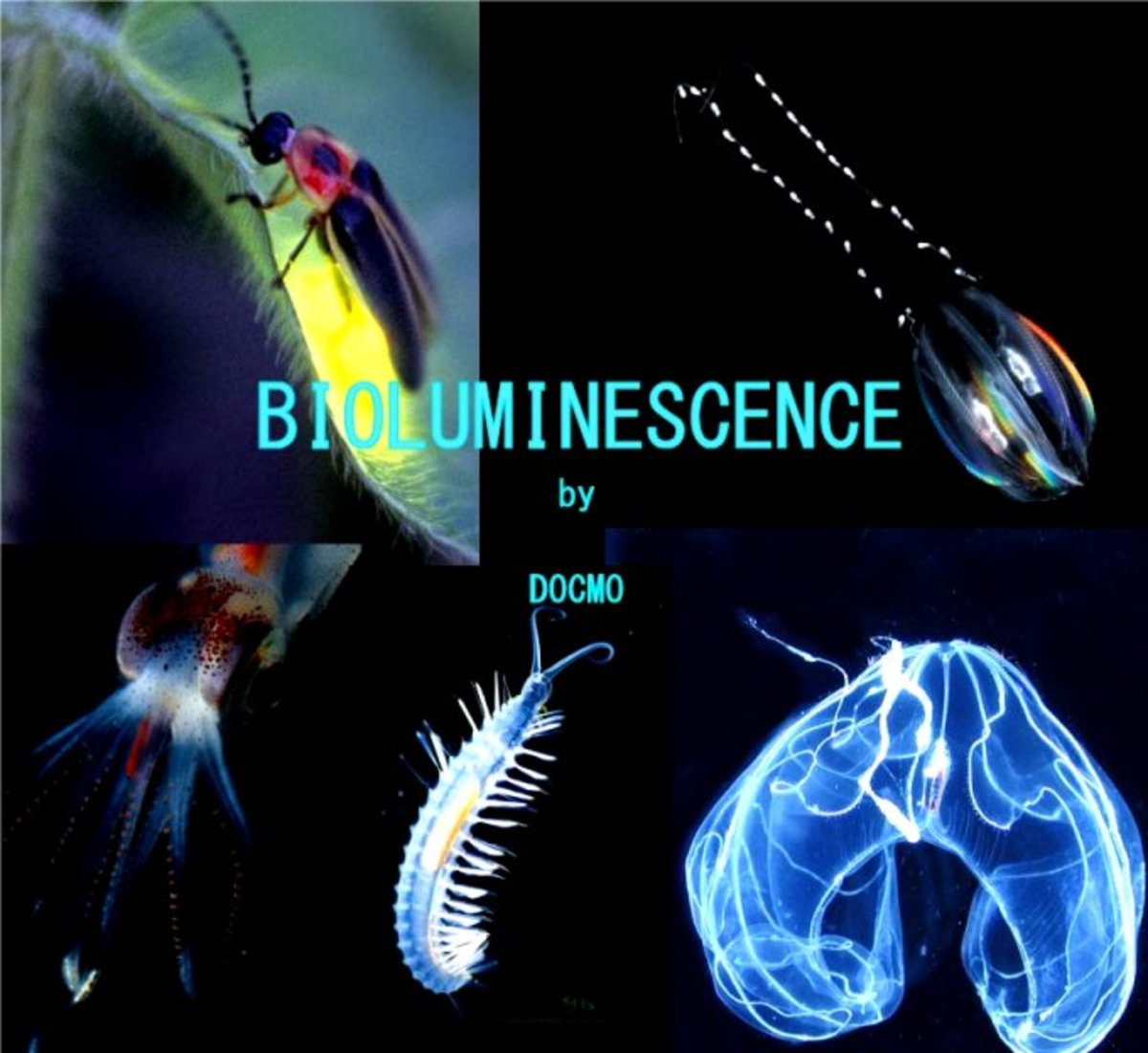Top Science Discoveries of 2011

Let’s take a look at some of the major hits from 2011. An easy way to do this is to look at lists already complied, such as the Top 10 New Species of 2011 generated by the International Institute for Species Exploration at Arizona State University. Among the elite are the Northern Sierra Madre Forest Monitor Lizard (Varanus bitatawa), which was reported to be known to local hunters for some time before the researchers identified it. This variation of the lizard is only found in the Philippines. Also the Louisiana Pancake Batfish (Halieutichthys intermedius), this rather interesting looking creature gained attention as it was discovered in the Gulf of Mexico just before the oil spill. (The list is based on species discovered in the preceding year.) Another species to make the list is a new form of bacterium, Halomonas titanicae, which as its name implies was found on the sunken Titanic. It is an iron-oxide consuming bacteria and thus is contributing to the deterioration of the Titanic. The full top ten can be found here along with a link to describe each species, the previous year’s list and the opportunity to cast your vote for next year.

This is a list that is particularly interesting to me because it always baffles me there are more species being discovered. Small life-forms such as bacteria, like the Titanic bacteria doesn’t surprise me since in certain areas alone- like the ocean- there are so many different types of organisms. But large animals are another thing, which was brought up with the Monitor Lizard, the locales knew of its existence prior to it officially becoming a new species. The researchers noted that finding a new variety of a large animal was unusual. Of course, particularly on the heels of my previous article on evolution, new species are always evolving and it makes sense there are so many new ones added to the record books each year, enough to justify a top ten annual list. But to me it’s still pretty awe-inducing.
Another category which contains a long list for a given year is pharmaceuticals. With all of the different kinds of cancer out there and the hope of successfully treating each individually it’s no wonder the list is so long. Not to mention new drugs to treat other serious offenders, such as diabetes and cardiovascular disease. There is the issue of semantics, a new drug may be discovered in a given year but isn’t available to the public until later. For drugs the year of significance is when it is approved by the FDA, allowing general access to it. This list encompasses this year's newly FDA approved drugs. It is not a list of the ‘best’ new drugs, but if you’ve read my previous posts you know my thoughts on this situation. In my opinion these drugs are still in the judging phase, as it could take years to identify additional side effects not picked up in the clinical trials for these drugs. Unfortunately not all of these drugs will be on the market for years to come. Particularly that’s why it is so important to have a large approval list like this for a given year. Weeding out is a large part of the whole drug discovery process starting at the very beginning and extending beyond the FDA approval. It’s promising to see a list so large for a given year, in the hopes that many will go on to safely and successfully treat previously untreatable diseases, improve upon an existing regimen, or improve quality of life of the patient. There are new HIV treatments as well as a handful of cancer drugs for a variety of forms including thyroid, prostrate, melanoma, and Hodgkin lymphoma. Each drug on the list is hyperlinked to more information regarding the mechanism of action of the drug and side effects.

Lastly, there is a rather comprehensive list of scientific advances and discoveries for the year 2011 on Wikipedia. It is organized by month and lists medical, biological, technological, and astrological discoveries reported in the news. It is important to note preliminary discoveries are just that, preliminary- subject to later verification or disapproval. But regardless of this, so much of the discoveries noted on the link show great promise for a variety of fields. Fields of study that appears several times of this list include work with alternative fuel sources, stem cell work, continued research into the fossil record, exploration of space, development of computer technology including artificial intelligence, and vaccine work to name a few.
Update- Published in early 2013 this article summarizes the various areas looking to make a universal flu vaccine with the goal of getting the body to product broadly neutralizing antibodies. Areas of interest include targetting the stem portion of the Hemagglutination protein, which is more conserved than the head portion. Also vaccinating against flu viruses that are recognized by rare memory B cells, vaccines that activate T cells, or vaccines that target the M2 protein of influenza or some combination of several different types of vaccines may achieve the universal goal.
In early February, work was published from Oxford University’s Jenner Institute regarding a universal flu vaccine for type A. This vaccine would target internal flu proteins, that are not only less likely to mutate than the previously targeted surface-bound proteins but also would allow for more strains of flu to be combatted by the vaccine. This type of vaccine will boost T-cell reactivity with the nucleoprotein and the matrix protein I. This year also brought several key advances with Alzheimer’s research, including work done on allowing drugs access to the brain through the blood brain barrier via activation of adenosine receptors in mice.
Admittedly I could go on and on about this comprehensive list, it serves as a great jumping off point for many avenues of scientific research currently being conducting. It really is amazing how many discoveries are made each calendar month, let alone a year. As we reflect upon all the newsworthy items this year, it is important to recognize all the hard work fueling all of these different branches of science. And wonder where all of this research will lead us in the year 2012.
Related Hub
- Flu Shots- To Vaccinate or Not to Vaccinate?
A closer look at the influenza virus and how the flu vaccination is named and picked for a given flu season. - Top Scientific Discoveries of 2012
A look at some of the top 2012 lists compiled for Scientific Discoveries- includes new drugs approved this year and new species.








